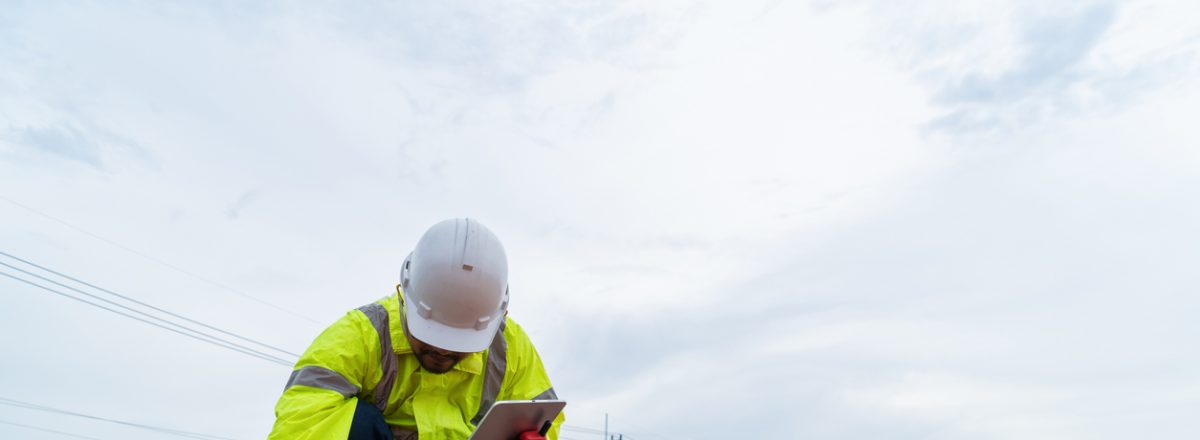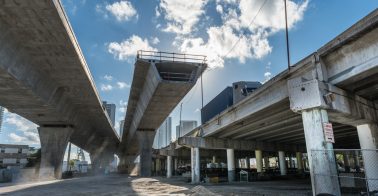Resilient Roads?


Although we have a tendency to take roads for granted, the fact is, they need consistent attention—ever more so in the face of climate change. At the recent National Institute of Building Sciences’ Building Innovation Conference, experts pointed out that investing in resilient roads is in essence a risk management strategy.
Adding Up The Damage
The National Oceanic and Atmospheric Administration reports that the 28 separate billion-dollar weather and climate disasters that occurred across the country in 2023 is the highest number and record. In the face of extreme weather, hotter temperatures and rising sea levels, builders “can no longer assume stationary weather patterns and must use climate models to plan for a range of circumstances like wildfires, higher average precipitation, humidity and more freeze-thaw events.”
Indeed, floods, fires and even the rescue vehicles needed in the aftermath of weather and climate disasters are taking an increasingly heavy toll on our roads, as illustrated in these examples provided by Amir Golalipour, highway research engineer in the Federal Highway Administration’s Office of Infrastructure Research and Development:
Flooding, for example, can reduce the strength of a road by 50% after immersion … .Plus, following a disaster, response and recovery vehicles put incredible amounts of wear and tear on a road. “Just to put that in perspective, in the city of Paradise, [California], that was part of the Camp Fire, when they removed debris, the load that they put on the pavement in two weeks was equal to 20 years of traffic,” Golalipour said in reference to the 2018 conflagration that stands, so far, as the most destructive in California’s history. The impact of wildfires on roads is also a growing threat and much less understood … .Not only can fires crack and deform roads, they also scorch supporting plant life underground, which can contribute to erosion and landslides.
Considering that “the average cost per mile of a two-lane road is now about $10 million,” the Federal Highway Administration cannot keep up with the work needed for roads, making it ever more important to prioritize resilience whenever roads are built or repaired:
Building more strongly upfront…means less money spent and less materials wasted down the road on repair and replacement over the lifespan of a road or bridge….The FHWA’s decade-old Order 5520 guides its efforts to mitigate climate change and extreme weather risks, and state DOTs are required to look at future environmental conditions and develop a risk-based asset management plan. To that end, the FHWA has collected a slew of useful data and created resources like its Vulnerability Assessment Scoring Tool and Adaptation Decision-Making Assessment Process.
Signs of Progress?
The American Society of Civil Engineers reports that the $550 billion allocated in the Infrastructure Investment and Jobs Act (IIJA) is preventing our overall infrastructure from deteriorating. However, without sustained funding efforts at the national, state and local levels, we will be unable to meet the demands of the current era and move ahead, given the combination of emerging challenges. According to analysis by the ASCE, the infrastructure category most in need of increased investment is surface transportation, and the U.S. DOT is continuously rolling out new rounds of funds from the IIJA. Looking further ahead, pending approval of the next wave of federal investment, ambitious new projects are already taking shape at planning tables across the country.
The bottom line for builders remains: there is plenty of work to do. Of course publicly funded projects are competitive, so don’t forget, Colonial Surety Company is here to help. Once approved, here’s how The Partnership Account® for Contractors will give you an edge:
- Instant Bid Bond Issuance: Issue your own bid bonds in minutes! No more waiting, just grab those project opportunities. Speedy, easy payment and performance bonds too.
- Free Business Credit Scores: Get a free snapshot of your business health instantly with our pre-qualification process.
- Written Bonding Limits: Strategically grow your business, knowing exactly how much project value you can cover with our written bonding limits.
- Real-Time Dashboard: Gain clear visibility into your underwriting profile and financial data – all in one place.
With so much to do, there’s no time to waste, so go ahead, focus on the building—Colonial Surety’s here to help with the bonding. Click here to pre-qualify and unlock your next win today:
The Partnership Account® for Contractors
Founded in 1930, Colonial Surety Company is a leading direct seller and writer of surety bonds and insurance products across the USA. Colonial is rated “A Excellent” by A.M. Best Company and U.S. Treasury listed. Let’s connect today: Colonial Surety.


